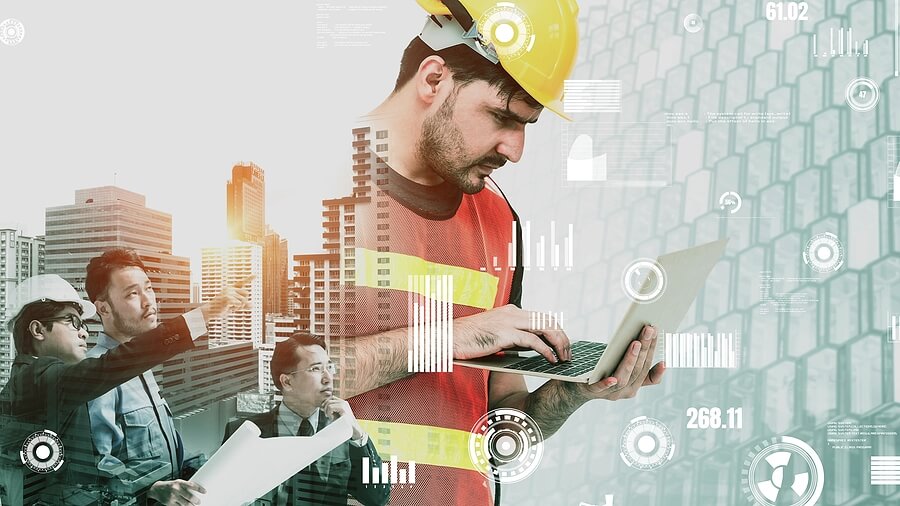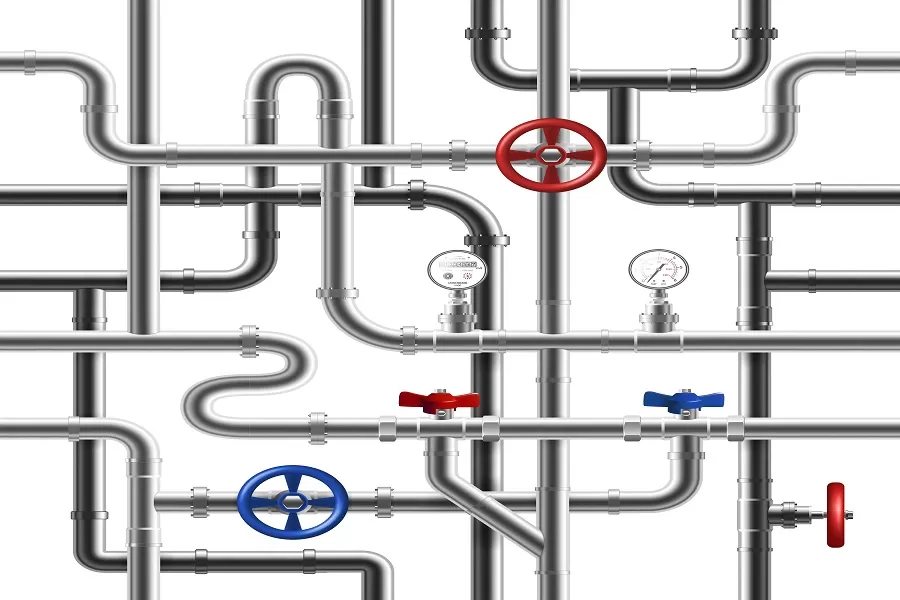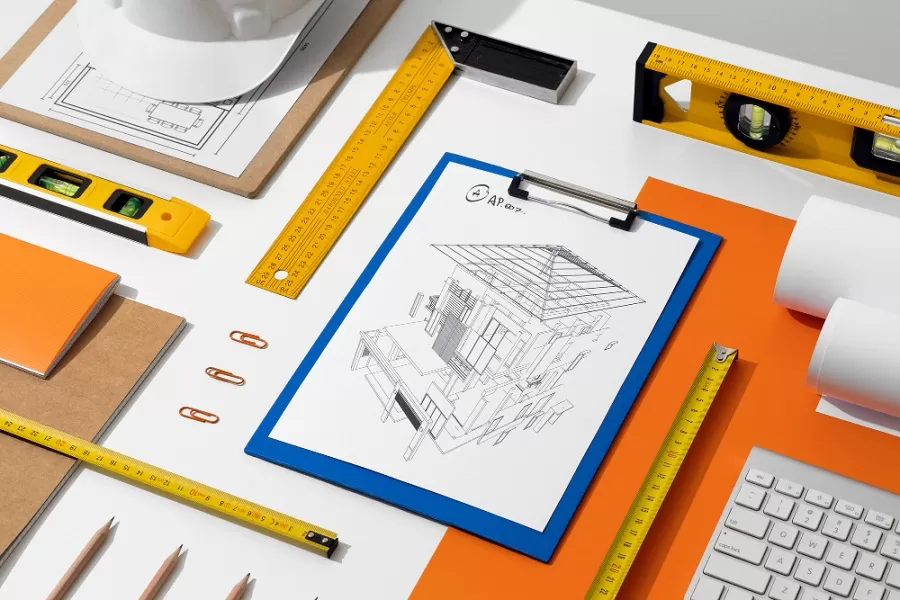The architecture, engineering, and construction (AEC) industry is experiencing an unprecedented wave of digital disruption. New innovative technologies and processes are being introduced almost every other day and are transforming the construction industry like never before.
So whether it is to cope with the upcoming change, increase operational efficiency, or stay ahead of the competitors, it has become imperative for construction professionals to integrate these digital technologies into their constructions and designs. And anyone who’s not embracing the change is being quickly surpassed by others.
Therefore, if you want to make a winning streak, you must make yourself ready for these futuristic construction technologies, starting today.
1. Augmented Reality and Virtual Reality (AR/VR)
AV/VR is one of the biggest disruptors in construction technology that’s witnessing seeing widespread adoption. By creating structure in an immersive virtual environment, AR/VR allows designers and builders to see their designs come to life. It also helps them identify potential problems and accurate their designs for efficient and sustainable constructions. It also helps:
- Supervisor “walk” their job site from even a hundred miles away.
- Companies take virtual guided tours, without an actual site visit, to ensure the accuracy of construction work being performed.
- Builders to show their projects to stakeholders in a more compelling way.
- Customers take a walkthrough of the project to understand the project layout before making an investment decision.
2. Internet of Things
To overcome health challenges, construction delays, and cost overruns, builders are always looking for ways to streamline their processes. And the Internet of Things (IoT) helps them do just that. By connecting their processes and equipment and by providing them with a wealth of real-time, highly consumable data, IoT helps construction companies:
- Accurately track their project progression
- Track employee movements and material deliveries to building sites
- Ensure efficient working of teams and reduce costing
- Stay on schedule for project deliverables
3. Building Information Modeling
Building Information Modeling (BIM) is currently the most innovative development in the construction industry. A rapidly emerging technology, it uses the power of Artificial Intelligence (AI) to help engineers, architects, and builders improve every aspect of their construction process.
By creating an accurate digital representation of the building, architectural BIM modeling allows construction professionals to:
- Evaluate and accurate their designs
- Anticipate difficulties
- Eliminate risk
- Increase operational efficiency
In fact, BIM finds its use in every aspect of the design and construction process:
- Before Construction: Through architectural detailing, BIM helps in correcting the building design and development process to avoid changes and clashes during construction.
- During construction: BIM ensures seamless communication between teams and ensures accurate documentation throughout the construction process.
- After construction: By leveraging the power of data and analytics, Building Energy Modeling ensures the proper management of building structures. It also provides the owners with valuable information about every aspect of the building.
4. Hyperautomation
In the Year 2022 and beyond, we’ll see AEC firms heavily investing in automation tools and technologies to innovate and stay ahead of the competition. These include software like Autodesk, Revit, CRM ERP tools, and more.
The worldwide hyperautomation market is expected to reach $596.6 billion in 2022 and organizations utilizing hyper-automation will witness up to 30% enterprise-wide operational cost savings by 2025.
By hyper-automating their functions and processes, AEC firms will not only be able to streamline their labor-intensive workflows but will also improve their efficiencies and reduce costs.
5. Innovative Building Materials
The future of construction will witness the incorporation of smart building materials in every aspect of design and construction. For example,
- the use of Smart Bricks to design modular building systems,
- incorporation of Smart ‘Self-Healing’ Concretes that can automatically patch cracks and damages, without much effort,
- the use of Transparent Aluminum (ALON) that offers the strength and durability of metal and the clarity of glass,
- the utilization of Aerogels for super-insulation, and
- the exploitation of Temperature-Reactive Tiles to enhance the beauty of your construction
There are multiple futuristic building materials that are going to take the construction industry by storm.
6. Digital Twins
Digital Twin is another boon to the construction industry. A replica of the yet-to-be-constructed building, digital twin helps construction companies to test their designs and fine-tune their operational processes before the commencement of the actual construction process. It’s an excellent way to minimize errors, maximize efficiency, and keep the projects on track and costs under control.
7. Autonomous Vehicles and Robotics
Going forward, drones and robotics will find greater adoption in the AEC industry. From performing routine surveys to automating repetitive, dangerous tasks, robots and drones will help engineers and architects perform complex construction tasks with ease and increased efficiency. It will also drastically reduce the building construction costs and will help overcome the shortage of construction workers.
8. 3D printing
Though still in its infancy, in coming years, 3D printing will pick up a significant pace and will become a go-to construction methodology. Considered as the future of home building, 3D Printing involves printing the real-life versions of Computer-Aided Design (CAD) models for rapid and modular deployment. It makes way for faster construction, reduces wastage, helps overcome technical problems during construction, and ensures cost efficiency.
9. Green, Recyclable Constructs
Though Green Building Construction is already witnessing some adoption, the coming years will see a shift toward the practice. From utilizing BIM software to using Building Energy Modeling Techniques like Autodesk Revit and AutoCAD, construction engineers are adopting various tools to create sustainable energy solutions early in the design process. Energy modeling not only promotes energy-efficient building designs but also ensures the incorporation of reusable, eco-friendly materials for superior resource utilization.
Green Constructions are definitely the way forward. They promote lean constructions, ensure maximum utilization of natural resources, and minimize wastage. Apart from helping builders construct LEED Certified Buildings, they will help construction companies lead with sustainability.
So here are some of the futuristic construction technologies that are going to revolutionize the construction industry. When applied in combination, these technologies will help engineers and builders create digital infrastructures that are sustainable, adaptable, and meet Global Building Construction standards.
Want to brace yourself with these technologies and make way for future-ready constructions? Get in touch with us right away. At Enginerio, we offer industry-leading AEC and building modeling services to help you construct futuristic, energy-efficient buildings.
From Revit to AutoCAD, eQuest, Navisworks, and more, our team uses industry-leading software and technologies to revolutionize your construction processes.
So outsource AEC and energy modeling services to us and gain an edge over your competition.





